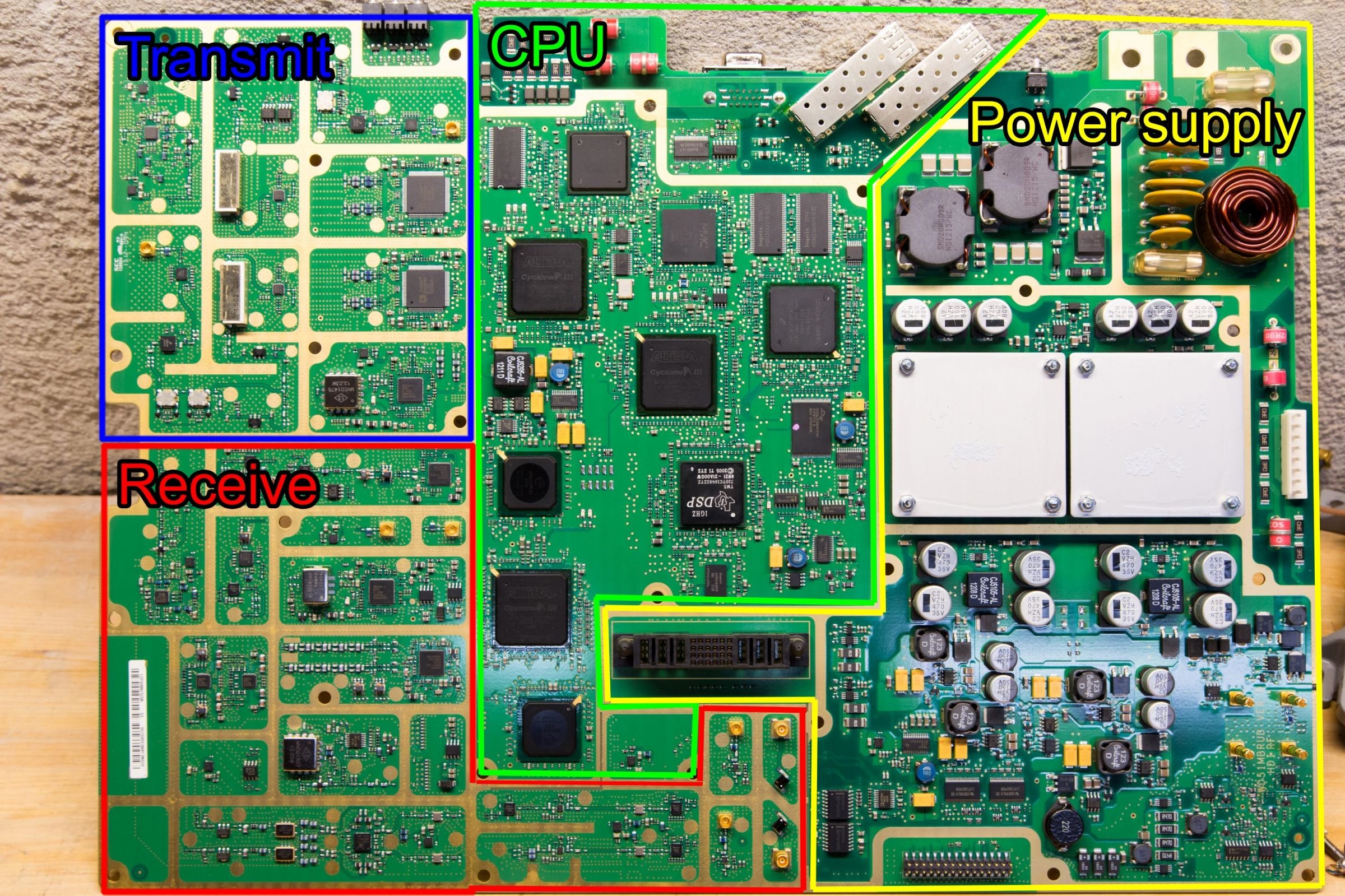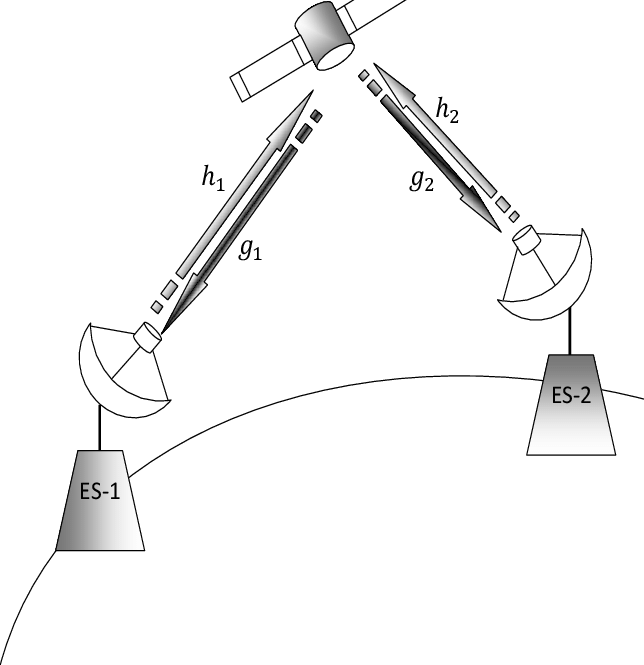Overview
A 5G private network is a private, customized mobile communication network provided by an operator for a specific industry, enterprise, or organization. Its infrastructure and services are separate from the public network. A 5G private network can be tailored to different industries and use cases to provide high-speed, low-latency, and highly reliable mobile communication services, and features high security, flexibility, and controllability.
Key characteristics
- Private deployment: A 5G private network is deployed and operated by an operator for a specific industry, enterprise, or organization, and its infrastructure and services are independent of the public network.
- Customization: It can be customized to meet the needs of different industries and use cases, including network topology, spectrum allocation, and service functions.
- High speed and low latency: Based on 5G technologies, it can deliver high throughput and low latency to support bandwidth- and latency-sensitive applications such as remote healthcare and smart manufacturing.
- High reliability: Techniques such as multi-path transmission and data redundancy can improve reliability and stability, ensuring continuity for critical services.
- High security: Security mechanisms such as encryption, authentication, and access control help protect data confidentiality and privacy.
- High flexibility: Rapid deployment and reconfiguration enable the network to adapt to changing requirements.
- High controllability: Comprehensive monitoring and management capabilities allow operators and enterprises to manage and maintain the network effectively.
Coverage of 5G virtual private networks
A 5G virtual private network is a network security solution based on 5G networks. It is not synonymous with full wireless coverage. A 5G virtual private network is a private, customized mobile communication service whose infrastructure and services are separate from the public network. Therefore, it provides service only within specific scenarios and geographic scopes, rather than offering wireless coverage across entire regions. Although it can provide high-speed, low-latency, and highly reliable communications, its coverage is generally more limited compared with public networks.
Deployment modes
- Standalone deployment (SA): The 5G private network is completely independent from the public network, using a dedicated core network and radio access network. This model can provide higher security and reliability and is suitable for industries with strict security requirements, such as finance and government.
- Non-standalone deployment (NSA): The 5G private network shares some resources with the public network, using the public core network while deploying a private 5G radio access network. This can reduce deployment and operating costs and is suitable for industries with less stringent security needs, such as manufacturing and logistics.
- Hybrid deployment: The private network connects with the public network via dedicated links or VPN, balancing security and reliability with cost savings. This mode fits industries that require higher security while also seeking to control costs, such as energy and telecommunications.
Summary
5G private networks provide customizable, private mobile connectivity with capabilities for high speed, low latency, reliability, security, flexibility, and controllability. A 5G virtual private network does not imply full wireless coverage; its scope is limited to specific scenarios and areas. Common deployment modes include standalone, non-standalone, and hybrid architectures to meet different industry requirements.
 ALLPCB
ALLPCB








